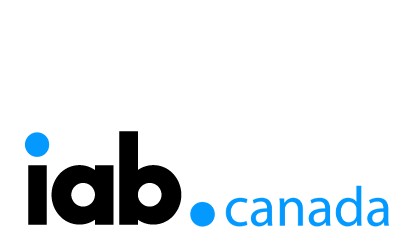AI-driven
Personalization
Transform Your Approach to Marketing with
AI-driven Personalization
Katie Arena – August 19, 2021
The ability to target the right audience or analyze numerous data sources has become a must when activating a successful marketing strategy. Artificial Intelligence has emerged as a solution to streamline these efforts and has given companies the ability to understand the consumer, build better content, and focus on personalization. But what do you need to know to get started? What should you look out for along the way? And how do you evolve your strategy to align with your roadmap?
Getting started with AI-driven personalization is easier than you think.
The term “AI” can be intimidating, but the reality is that all AI should be approached as an extension of your own team. In many cases, no specialized skills or resources should be required to integrate AI into your tech stack. In fact, the true value of AI, especially in the context of creative personalization, is that you no longer have to limit yourself to doing what you can do with the team you have. Let humans do what humans do best (strategy, concept, originating smart ideas), but seek out the right AI to take all of that to another level, and at scale.
When it comes to AI-driven personalization, technologies that enable this should consist of three pillars: creative automation, creative optimization, and creative intelligence.
- Creative Automation – creative authoring at scale for all channels and ad formats, enables brands to communicate with their consumers across any and all touchpoints.
- Creative Optimization – a smart ad serving and decision engine to provide real-time optimization across all channels. This also includes applying those insights across channels, based on your goals and objectives.
- Creative Intelligence – the ability to analyze what works and what doesn’t, what’s driving relevance and resonance, and what a viewer does or doesn’t engage with, can generate a very unique type of creative-level engagement data that can be used to optimize performance. The right partners should make these insights available in a way that can be seamlessly passed back to your other partners and platforms, such as CDPs, to build more precise audiences.
These are the pillars that unify media, data and creative. To succeed, they must all seamlessly work together and communicate with each other, not in silos.
Don’t wait to build a complete data strategy.
Many brands have been focusing on data collection for the past few years, but have yet to figure out how to activate and enrich it. That’s where the value of a DCO/CDP integration comes into play. These partners have already done the heavy lifting around data APIs, integrations, complex strategies, optimizations, templates, etc. It’s a common misconception that AI-driven marketing strategies (especially dynamic creative optimization, a.k.a DCO) require new data and signals; most data signals and sources (weather, time of day, events, location, etc.) are already baked into a smart DCO platform. A word of advice: start with what you know and don’t overcomplicate. A good approach is to double down on your specific use case and work backwards to focus on the specific components you need to meet your objectives.
Implement AI into the process, not just the end result.
Historically, marketers have taken a results-driven approach to AI, for example: leveraging AI to drive better performance or increase scale. But what we’ve realized is that many brands are waking up to the idea of using AI to create more efficiency in processes and workflows, which saves time, money, manpower, and more. Sparing these resources becomes just as important as performance. If the efficiency is there, performance will follow and continue to improve over time.
Apply insights and learnings across multiple channels and activations.
Gone are the days where CTR reigns supreme. Today’s smart marketer knows the value in understanding not just what’s working in a campaign, but why things are working. That is the real true science behind creative performance that has the dual outcome of driving better overall results, and guiding media and production companies toward what they should do in future campaigns. When evaluating a creative technology partner, seek those who can apply those learnings in real-time, across multiple channels and campaign activations, and help you identify your next step.
Avoid “bad” data and testing practices.
AI-based projects typically fail because of “bad” data at the start, such as data that isn’t standardized, lacks diversity, or has no way of being activated- commonalities of pulling data together from many separate sources/operations/partners who aren’t set up to speak to each other. Another common error is trying to test everything all at once. When it comes to AB testing, it’s better to start small and ramp up at a pace that allows for learning and insights. A successful AI-driven marketing strategy requires clear goals, timelines and activation channels that are established before a campaign begins.
As time goes on, AI personalization will continue to integrate deeper into digital marketing operations. Expect to see a spike in accuracy around predictive analytics, as well as applications that eliminate room for error, especially when it comes to activating and measuring campaigns. Navigating AI-driven solutions/vendor landscape can be daunting, but don’t be intimidated! Stick to those that have taken steps to future proof themselves and align the right components of media, creative, and data in a way that helps you execute your road map for the next 5-10 years.



